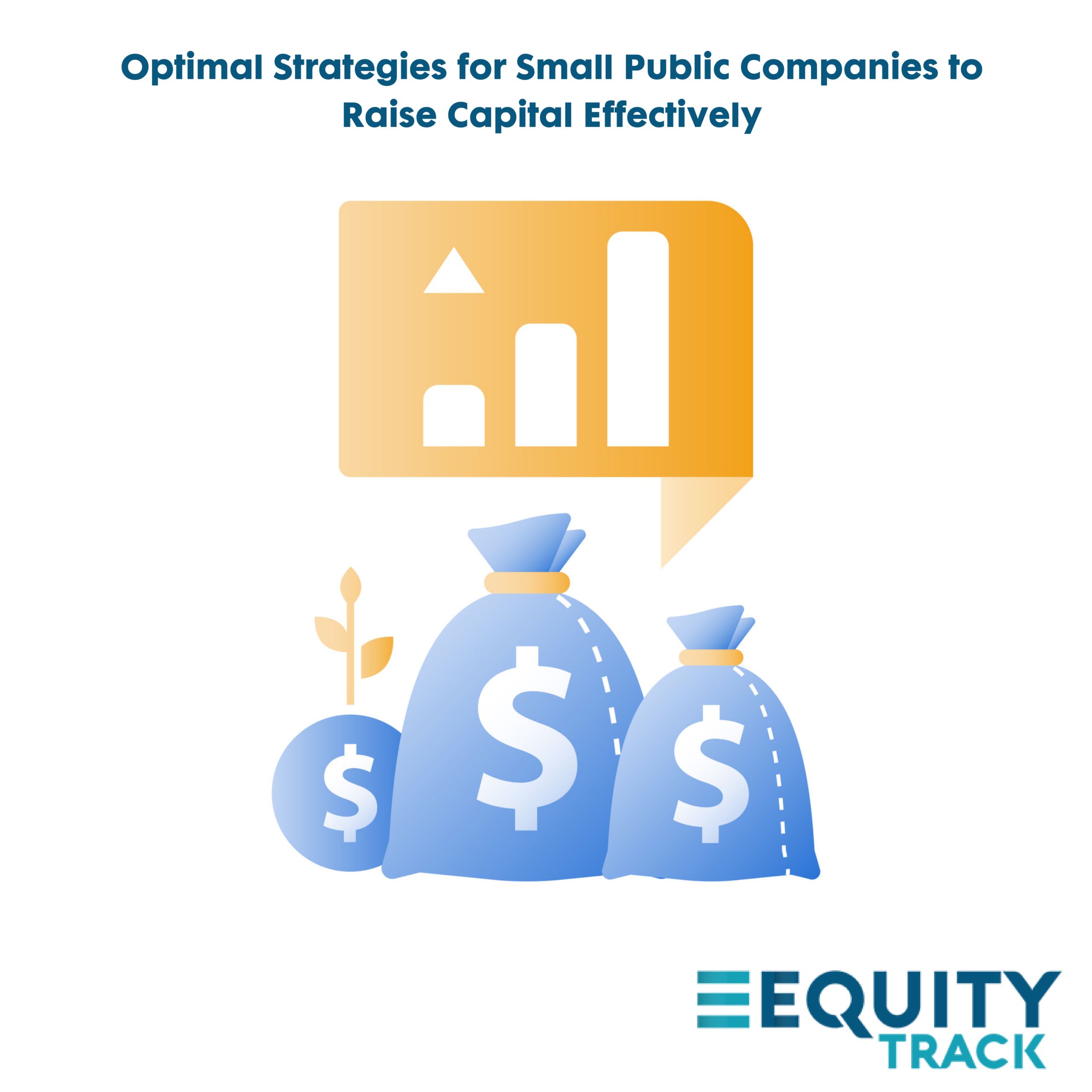There are two primary methods for any company raising money, through debt and equity offerings. Yes, nature and description may change, but the formula remains the same.
Debt and Equity Financing
In finance, “Debt Financing” and “Equity Financing,” are categorized under “Security Offerings” with certain exceptions. Expert views vary when it comes to the best options for a public company financing, and if you were to ask us, we would say that there is no fixed solution to this. While debts work great for some companies, equity is more suitable for others. To help make a sound decision, we have listed different forms of debts and equities:
Debt Financing
This is when companies ask people, banks, or financial institutions for money, promising to pay back the borrowed amount with a pre-determined interest rate. Debt Financing looks simple but can become confusing and complicated practically because of its various forms. Here is a quick summary of the choices available:
- Bond: A bond is a financial instrument issued by the company defining the borrowed amount, interest payable, and terms of repayment
- Collateralized Securities
- Collateralized debt obligation (CDO): This is an asset-backed derivative sold by the companies to institutional investors. CDOs contain a range of loans such as car loans, credit cards, commercial loans, and even mortgages at times.
- Collateralized mortgage obligation (CMO): This is a mortgage-backed derivative sold as a security. CMOs only contain real estate property.
Exceptions to “Security Offering” but categorized under Debt Financing.
- Notes Payable: This financial instrument may or may not be considered a “Security Offering” depending on the law, convention, and regulations. Examples include mortgage notes, commercial paper, and short-term notes.
- Loan: This is a form of debt financing when a company decides to borrow money from a financial institution, in most cases, banks. However, this should not be confused with Bonds, which is regulated by the Securities Law.
Equity Financing
This is a method of raising funds when stakeholders are willing to share ownership of their company with investors.
- Stock Rights: Allows existing shareholders to purchase additional new shares in the company to maintain their current ownership. Rights are short-term instruments (usually valid for 30-60 days of issuance) issued at a discounted price
- Stock Warrants: A stock warrant is a long-term financial contract issued by the company to raise funds. It gives the buyer the right to buy or sell shares of the underlying stock at a set price on a specific date.
- “At-The-Market” (ATM) Offerings: A company gains the status of a public company with its IPO. An ATM is a form of registered Follow-On-Offering (FPO) through which the company can sell listed securities directly to the public markets in subsequent offerings after IPO.
Generally, Follow-on-Offering or Dilutive Secondary Offering requires submitting Form S-1 or Form S-3 with the SEC. The company must disclose a description of the securities offered, risk factors, and distribution plan through each of these registration forms. It is also mandatory for the issuer to have timely filed all Exchange Act reports during the past 12 months. To know more, click here
- Regulation D Private Offerings or Private Offerings in Public Entity (“PIPE”): This method is unique for public companies that allows them to issue securities to either many individual investors or one large investor or a select group of pre-identified institutional investors including banks, financial institutions, mutual funds, insurance companies, and pension funds. Companies have the benefit of raising capital inexpensively in a short period as private offerings and PIPEs are exempt from registration under the Securities Act’s Regulation D (Reg D) provisions.
- Mini IPO (Regulation A+): In December 2018, the SEC allowed public companies to raise funds through Reg A+, also known as the “Mini IPO.” It is a significant announcement as Regulation A+ provides an exemption from registration under the Securities Act of 1933 for offerings of securities up to $75 million in a 12-month period. Companies have the privilege of accepting funds from anyone, including non-accredited investors, and there is no limit to the number of investors in most cases. For further details on Regulation A+ offering, click here
Mezzanine Financing:
Mezzanine financing is a hybrid security offering comprising debt and equity financing. In the case of debt default, the lender can convert to an equity interest in the company. It is high-risk debt for investors but equally rewarding with returns between 12% to 20% and sometimes as high as 30% every year. This loan is beneficial for companies considering their long tenure and tax-deduction on interest. Some common examples are “Convertible Notes” and “Preferred Stock.”
In “SAFE,” a company promises an investor a future equity stake based on the occurrence of specific triggers. It is offered in an investment crowdfunding and is very similar to “warrants,” except that there is no clarity on the share price. However, in the year 2017, the SEC announced that “Despite its name, a SAFE may not be “simple” or “safe.” warning investors of its high risks.
Get Started with a Capital Raise Today
Equity Track’s comprehensive Reg A+ services will allow you to complete your offering and IPO onto the exchange of your choice. You can raise money using our Cloudraise® capital raising software, issue shares and manage your investor records and cap table. Contact Us.




